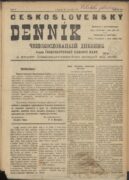
07 Folding Calote, 2nd half of 17th century
Fotogalerie
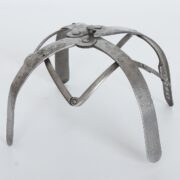
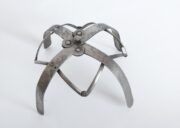
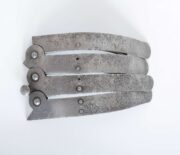
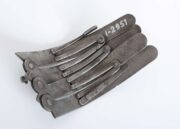
As early as the end of the first half of the 17th century, calotes began to appear in cavalry equipment. They were strips of flat iron adapted to the shape of the head, most often arranged in a cross and connected at the bottom by a circumferential rim. Some of them could be folded and easily transported in saddlebags. In combat, it was placed under the hat, protecting the rider’s head much better against a cut from a edged weapon than would have been the case with a hat alone.
The calote consists of four metal strips, bent and connected at the top by four rivets. The individual arms are connected by a narrow metal strip, adapted by the rivets for folding. One arm of the narrower strip is finished with an eyelet for securing.
Length 188 mm, width 188 mm, height 110 mm, weight 228 g.
Aktuálně

Vánoce a přelom roku v zahraniční misi na Slovensku v roce 2022

Prosinec 1944 – oficiální vydání prvních poštovních známek osvobozeného Československa

Českoslovenští zdravotníci ve válce v Zálivu

Výzkum u českých krajanů v Chorvatsku
